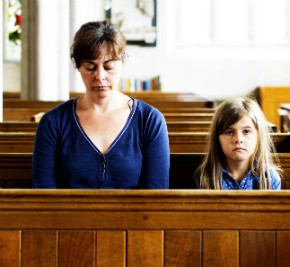Intimate dangers

A security-camera video that showed football star Ray Rice punching his fiancée (now his wife) Janay in the face and knocking her unconscious unleashed a torrent of public commentary last month on the causes and prevention of domestic violence. The video prompted the National Football League to suspend Rice from the league and to launch its own campaign against domestic abuse.
The release of the Ray Rice video had another impact: it prompted a spike in calls to the National Domestic Violence Hotline. Calls increased by as much as 84 percent in the first few days. “Callers were saying they saw the video and didn’t want that to happen to them,” said Katie Ray-Jones, an executive with the NDVH. “Women said ‘I’m worried [my partner] will kill me next time. I need help.’”
Read our latest issue or browse back issues.
However, half of these calls for help went unanswered. “We didn’t have the financial resources to bring in extra people or to offer overtime,” explained Ray-Jones.
To raise the issue of domestic violence inevitably brings to the surface how pervasive the problem is—and how hidden. Most women who experience violence do not report the abuse to police, often because they are afraid of the repercussions or think that they won’t be believed. Studies have shown that in their lifetime nearly 25 percent of women and 7 percent of men are raped or assaulted by a current or former spouse or by an intimate partner. Every year, one in three women who die by homicide were murdered by the woman’s current or former partner. Nearly three out of four Americans personally know someone who is or has been a victim of domestic violence.
During the recent recession, many programs that respond to domestic violence—by providing hotlines, shelters, transitional housing, counseling, advocacy, and child care—were reduced by cuts in state budgets. The sequester’s automatic spending cuts in 2013 meant cuts to all federal programs on domestic violence.
Congregations are positioned to be on the front line of addressing domestic abuse, but they can help only if they are informed about it, speak about it, and connect people to programs that provide assistance. A recent LifeWay Research poll found that 42 percent of Protestant pastors rarely or never speak about domestic violence, and about 30 percent think domestic violence is not a problem in their congregations. These pastors are almost certainly wrong.
“You won’t discover [the problem] until you start looking for it,” says Charles Dahm, a Dominican priest who heads a domestic violence outreach program for the Catholic Archdiocese of Chicago. He found this out when he was pastor at a church in Chicago’s Pilsen neighborhood. “As I began talking about domestic violence from the pulpit, more and more women in need of help came to us for assistance,” he told the local Catholic newspaper.
That our most intimate relationships can also be the most dangerous ones is a deeply uncomfortable truth. But speaking that truth is the beginning of hope and healing.





